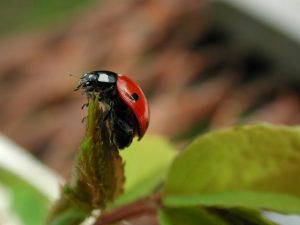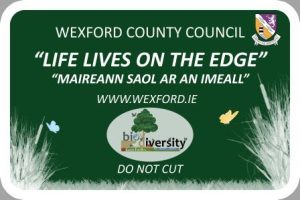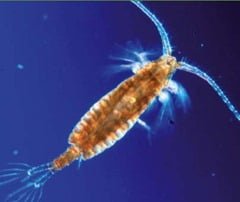Figures from the National Parks and Wildlife Service (NPWS) confirm that the red-listed Corncrake has had its most successful Irish breeding season in 25 years with 233 confirmed breeding territories. The 2024 figure represents a 45% increase since 2018.
The ground-nesting corncrake is a shy and elusive summer visitor that spends most of its time in thick cover. While rarely seen, the distinctive croaking call of male corncrakes defending a breeding territory was once a familiar summer sound across the island of Ireland. Today, Corncrakes are largely restricted to breeding areas in the country’s north west, where concerted conservation efforts are helping to bring the species back from the brink.

“These impressive results are testament to the collaboration between farmers, landowners and the NPWS-led corncrake conservation projects,” said Minister of State for Nature, Heritage and Electoral Reform, Malcolm Noonan TD, as he welcomed the latest news. “I have been privileged enough to visit these areas, see the efforts being made and hear the corncrake–the impact of this project is phenomenal and transformative for both local communities and the landscape.”
The minister was talking specifically about the Corncrake Life Project, hailing it as a model for community focussed nature conservation, and reiterating the NPWS’s commitment to ensuring the work continues when the current project ends in 2025.
Almost 1,500 hectares of land are now being actively managed for Corncrake conservation by 250 landowners in the birds’ core breeding areas of Donegal, Mayo and Galway.
As well as the positive news on the number of active breeding territories in the core breeding areas, the NPWS nationwide survey also recorded a 7% year-on-year increase in the overall Corncrake numbers from 2023 to 2024, a rise of 15 birds.
“Despite a very cold and damp June, the birds were reasonably active, but our survey teams had to work hard to find the birds and confirm their territories later into the summer than expected,” commented Ciaran Reaney, co-ordinator of the NPWS Corncrake Survey. “We are now regularly finding birds in new locations like in Co. Kerry and farmers and landowners who have not heard the bird in many years have been very receptive to working with us to protect the nesting corncrakes. There is still such a grá for the corncrake in Ireland that many farmers are willing to delay grass mowing in an attempt to save them and have them return”.
While the positive news is very welcome, Dr John Carey, manager of the Corncrake LIFE project cautions that the corncrake’s situation remains critical.
“While we have seen year-on-year improvements in the number of corncrake territories and the expansion of birds to areas where they have been absent for a generation, we need to be cautious in terms of our optimism. Corncrakes are still very vulnerable, both to changes within our landscape but also to the dramatic shift we are seeing in our weather patterns. This summer was very tough on a lot of wildlife, with a notable drop in insect numbers which can have a devastating downstream effect on birds like corncrakes. However, what is clear is that the exceptional effort being made by farmers and landowners is having a positive impact and we owe them a huge debt of gratitude.
The key now is to keep it all going.”
Main image attribution: Ron Knight from Seaford, East Sussex, United Kingdom, CC BY 2.0, via Wikimedia Commons









